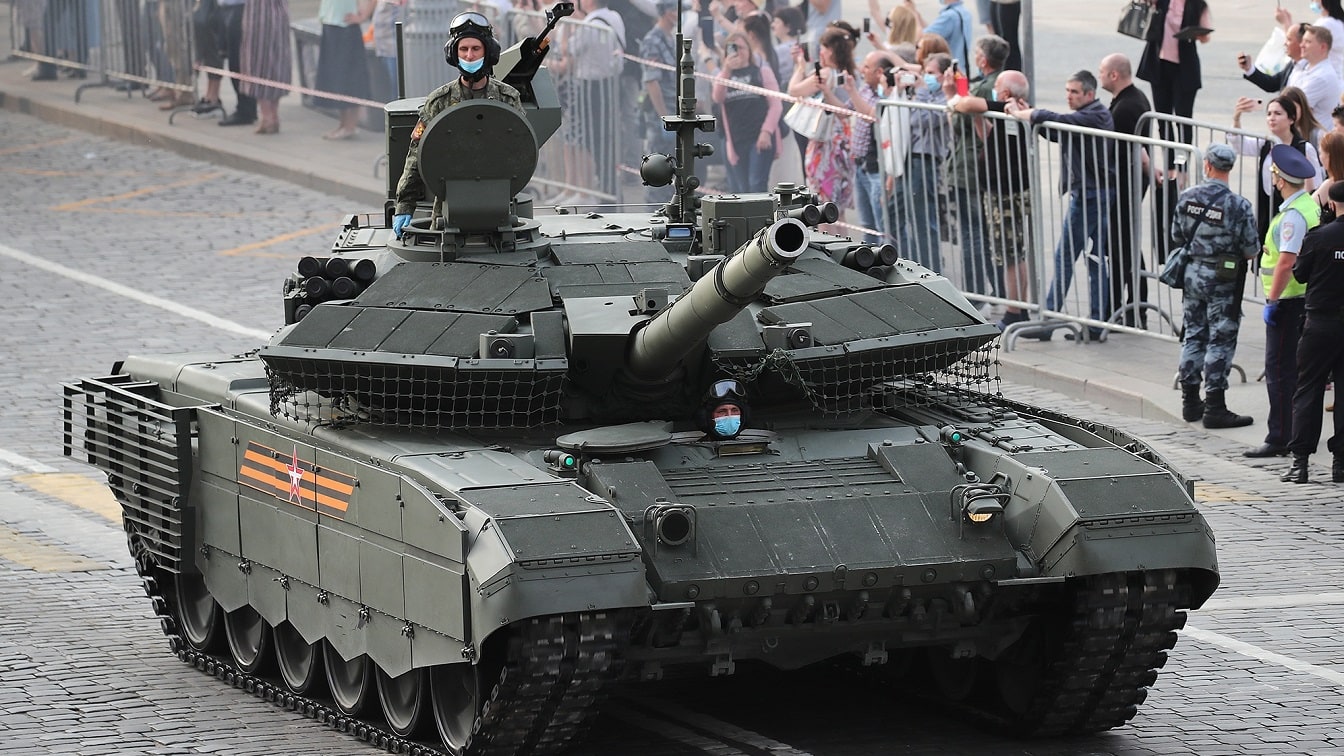When Russia invaded Ukraine in February 2022, it was common to predict that the city of Kyiv would hold at most for a week or two.
Nearly 18 months later, Ukraine’s counteroffensive is well underway, and the country continues to recapture territories little by little.
Many factors have contributed to Kyiv’s general success over the last year and a half. Military aid from the U.S. and other NATO allies has certainly helped.
Among the advanced weapons and munitions provided to Ukraine are lethal unmanned aerial vehicles that have playedan outsized role in the war. Indeed, both sides have used drones to great effect. Small, inexpensive, versatile and easily operable UAVs have been used to target military facilities, energy infrastructure, and civilian populations since the onset of the war.
Most recently, Ukraine has started to use some of its Western-produced drones in a particularly innovative way.
Ukrainian forces use hunter-killer drone teams to locate and take out Russia’s advanced T-90 tanks.
Drones thus spare Ukraine the use of more expensive anti-tank weapons.
Introducing Russia’s T-90 Tank
The T-90 tank was expected to lead Moscow’s armored corps throughout the war.
Based on the specs and capabilities long touted by the Kremlin, the T-90 was designed to demolish lesser counterparts on the battlefield. However, like many other supposedly top-of-the-line Russian weapons, this modern tank has not performed well.
The T-90 derived from a Soviet-era program to replace the T-64, T-72, and T-80 tanks. While production lulled following the collapse of the USSR, the T-90 became the standard MBT for Russia by the mid-1990s.
The latest variant in the T-90 series of tanks is the Proryv-3 T-90M. This variant is smaller, giving it greater operational range. The Proryv also features Relikt built-in Explosive Reactive Armor.
While the T-90 is superior to some of the antiquated Soviet-era MBTs Russia has been forced to send to the frontlines, it has struggled in Ukraine. In February, experts estimated that Moscow might have already lost half its T-90M fleet.
Hunter-Killer Drone Teams vs. Russian Tanks
In addition to advanced Western anti-tank weapons, hunter-killer drone pairs have proven to be effective tools in taking out tanks like the T-90.
In a video widely shared on social media, a T-90 MBT is immobilized by an FPV drone and is subsequently attacked with a thermobaric grenade.
As described by Sandboxx News, Ukrainian forces first disable the MBT. “Once the tank is disabled, the Russian crews almost always abandon it because they know that another hit is coming — and it is coming indeed, but in an innovative way. Instead of wasting expensive and much-needed anti-tank missiles and artillery shells, the Ukrainian hunter-killer teams just fly above the abandoned T-90s with small civilian drones and drop thermobaric grenades through their open hatches. The ensuing fires can reach extremely high temperatures that burn the tanks from the inside.”
As the counteroffensive continues and stockpiles dwindle, Ukraine will rely on such innovation in order to save funds and retain its limited advanced weapons.
Another T-90M ‘Breaktrough’ tank destroyed near Kurdyumivka. An FPV drone immobilized it and the crew ran off while a thermobaric grenade a bit later finished the tank off. pic.twitter.com/PQw5sq9fLQ
— NOELREPORTS ???????? ???????? (@NOELreports) July 12, 2023
Maya Carlin, a Senior Editor for 19FortyFive, is an analyst with the Center for Security Policy and a former Anna Sobol Levy Fellow at IDC Herzliya in Israel. She has by-lines in many publications, including The National Interest, Jerusalem Post, and Times of Israel. You can follow her on Twitter: @MayaCarlin.

